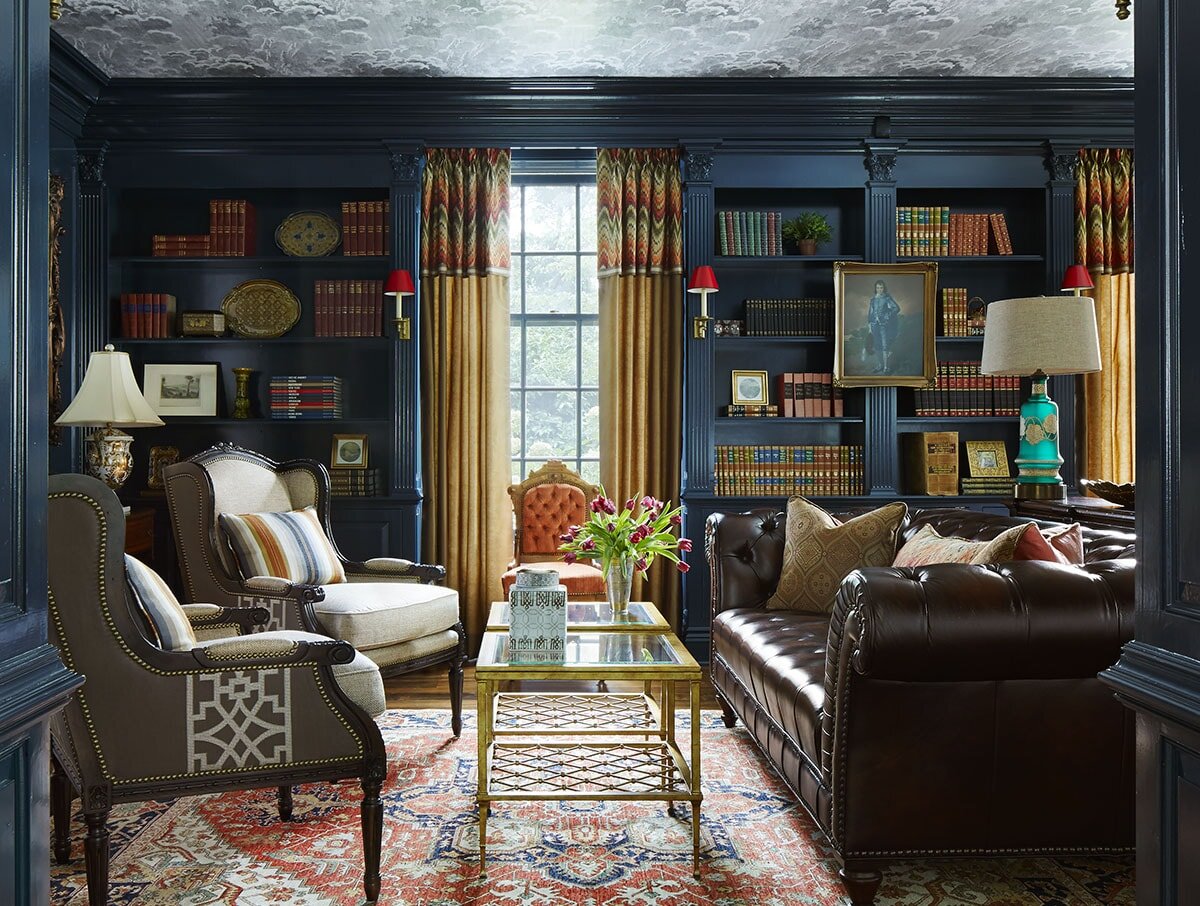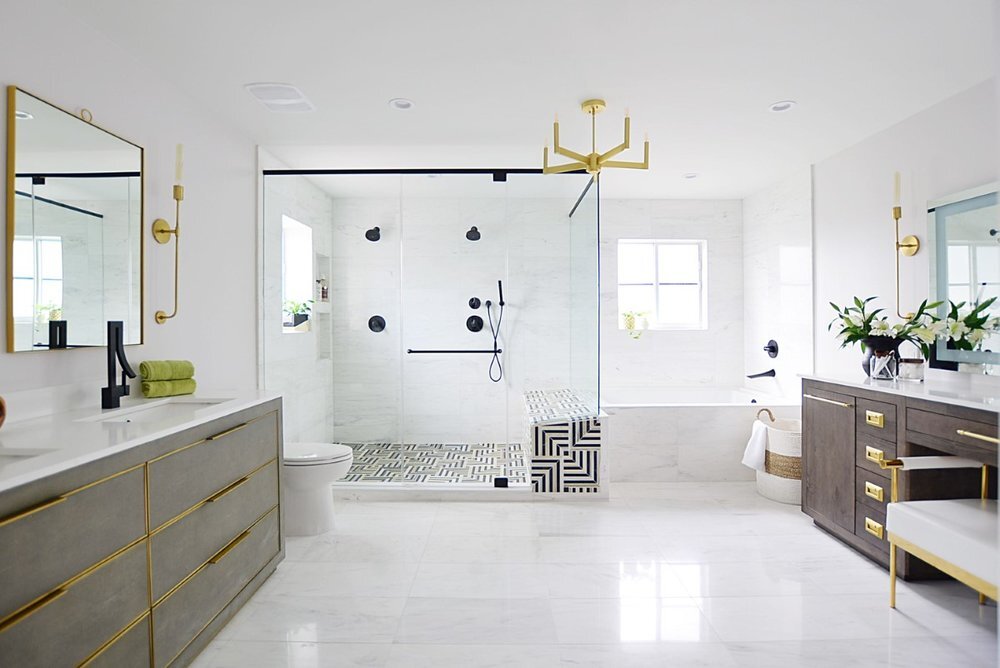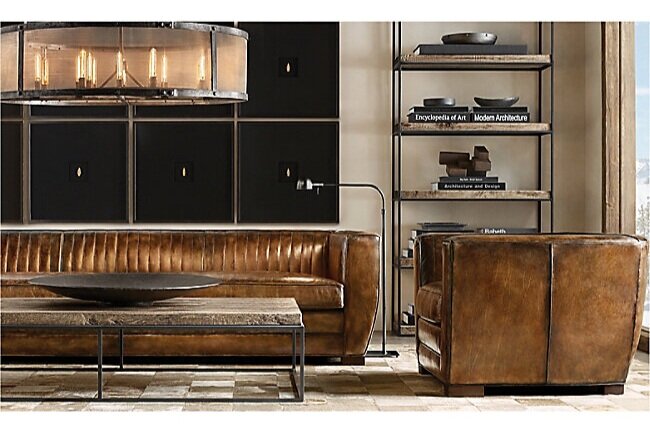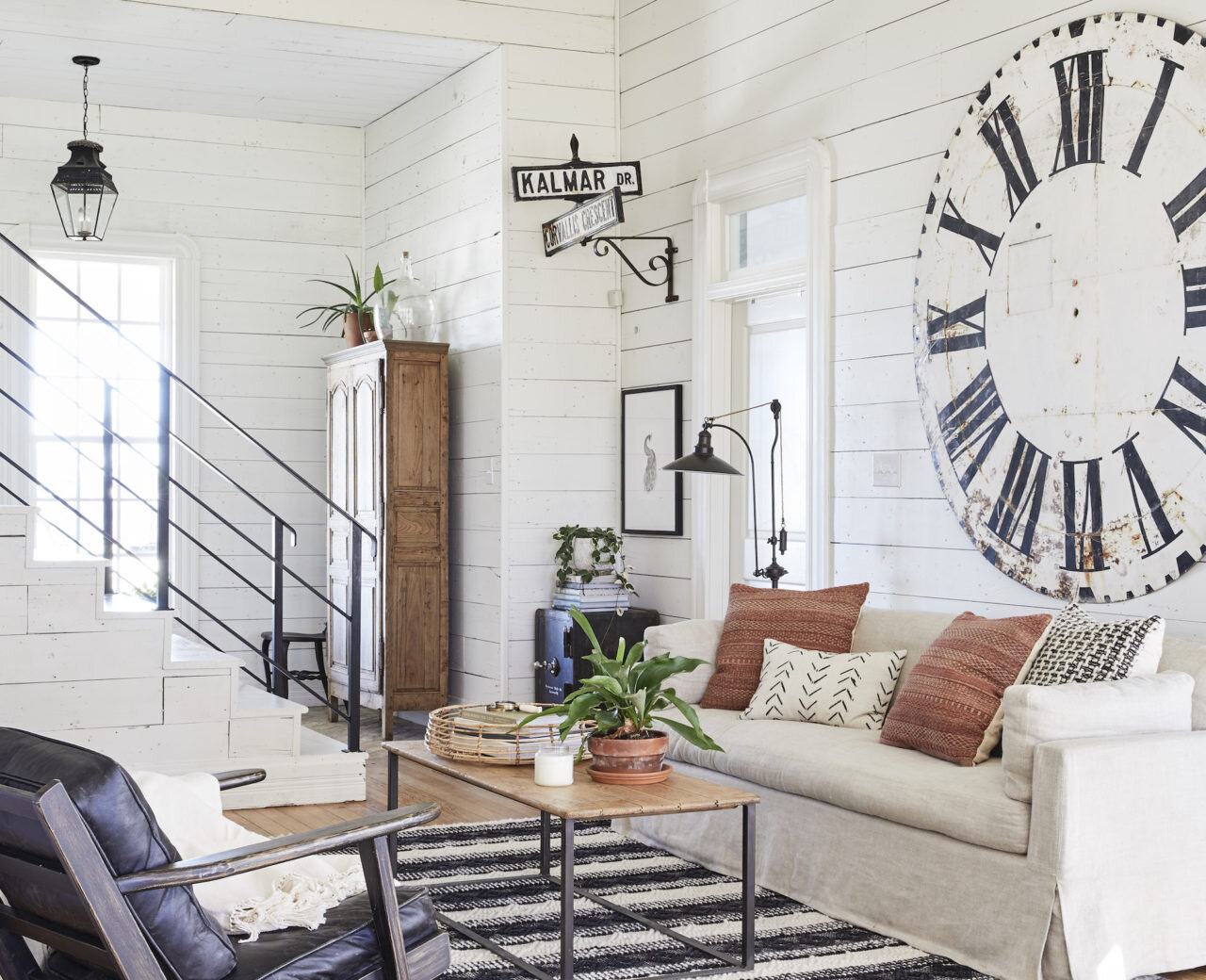Design 101: Defining Your Aesthetic
Hello friends and Happy New Year! LOL! This is the first blog post of 2020 and it’s so fitting for kicking off new beginnings. Just a few days ago, I told you guys that I really wanted to get back to the basics here on the blog. “Inspire” with more fashion and personal style posts and “educate” with content revolving around design. I get asked random design questions and requests for advice all the time, so I want to become a better resource for you. So, with this new year, i’m rolling out all the design content I can. And I’m starting where design starts and where so many of you have problems. Defining your design aesthetic.
But, before you can define your style, you have to be able to identify it. You may not be able to name it just yet, but you should be able to pick it out of a crowd. Try these steps:
1. Collect inspiration. Whether it be Pinterest, pulled pages from a magazine, bookmarked images on Instagram or photos you’ve taken while out and about, find a way to collect the images that inspire you. NOTE: Don’t analyze or try to decipher why you like it just yet. Just go with you gut. Either you like it or you don’t. Don’t stress about it and just have fun.
2. Eliminate the odd balls. Have a few images where you can’t remember what you liked about it? Any of them not seem to fit in with the rest of the pack? Get rid of it.
3. Identify. Start grouping like items. NOTE: 3A. Look for spaces where you love everything about it and could move right in. 3B. Make groups for spaces where there are certain aspects of the space that you love, like the furniture layout, the color scheme or the architectural details, like a coffered ceiling or fire place. 3C. Make note of specific items that you love: the sofa, the wallpaper, the wall color, fabric, the chandelier, etc.
If you find this process overwhelming, you can take one of the thousands of style quizzes that exist on the internet. I like this one from Havenly and this one from Lonny. They both had results that were pretty close to my design style (which I’ll tell you shortly).
Once you’ve broken things down into groups, it’s much easier to put style names and descriptions to what you love. If you’re unfamiliar with design or would consider yourself a novice, here’s a list of the most common design styles. It’s highly likely that you’re one or a combination of a few of these.
Traditional – inspired by the 18th and 19th centuries, strives for harmony, order & symmetry, typically includes warm colors, but can feel updated with cooler tones; think Corey Damen Jenkins
Corey Damen Jenkins
Transitional – a marriage of traditional and modern, cleaner lines with nods to traditional elements; i.e. the furniture doesn’t really lean either way, but the room may be trimmed out in detailed moldings; think Erika Ward Interiors.
Erika Ward Interiors
Modern – refers to the early to mid 20th century; clean lines with minimal décor; form follows function; neutral, earthy color pallet (shades of white, beige, black): think Alvin Wayne
Alvin Wayne
Contemporary – refers to present day trends; current and of the moment; use of state of the art materials, glass and metals; think Forbes + Masters and Nicole White Designs.
Forbes + Masters
Nicole White Designs
Mid Century Modern – refers to the 1940’s-1960’s; juxtaposing sleek lines (think: skinny, peg legs on dressers and tables) with organic shapes, using new materials and methods to re-imagine traditional pieces; think Krys Melo of MeloDrama.
MeloDrama
Minimalist – simplicity; clean modern lines, heavily edited/paired back, concise color palette; think Ishka Designs
Ishka Designs
Scandinavian – modern, minimal, natural/organic elements, clean lines, simple accents, light/muted colors to keep spaces bright during long Scandinavian winters, cozy textures and lots of plants/greenery; natural light is key; think Kelly of Pure Collected Living
Pure Collected LIving
Bohemian – bright, colorful, patterned, highly textural, mixed cultural elements that reflect the traveling gypsy lifestyle, heavily artistic, eclectic and devoid of structure; heavy with vintage; think “more is more” Justina Blakney
Justina Blakeney
Eclectic/ Haute Eclectic – a mixture of it all: styles, time periods, textures, trends and colors; haute eclectic: a mix of high-end, high quality, highly coveted, mid century or post modern vintage; think Katie Saro or Kelly Wearstler
Katie Saro
Kelly Wearstler
Industrial – a blend of vintage and modern, inspired by exposed elements of warehouses and factories; lots of exposed brick, metal, concrete and reclaimed wood; simple color palette of greys and neutrals; think classic Restoration Hardware
Restoration Hardware
Hollywood Regency - upscale feel with luxurious fabrics, glittering metals, and sparkly accessories for a refined, elegant space; think Whitney J Decor
Whitney J Decor
Farmhouse – a nod to traditional times with rustic elements and modern sensibilities; warm, cozy, comfort is key; natural color palette with wood elements; functionality is at the forefront; think Joanna Gaines
Joanna Gaines
Once you realize what you like and what you’re drawn to, there’s really no wrong answer when it comes to defining your style. You can be drawn to one style in particular or several of them, which is actually the most common. Influences and inspiration can come from anywhere and anything, so it’s almost expected for us to like several different styles. If you go back and look, even most of the example photos above are blends of different styles. This is just to give you the vocabulary you need when it’s time to communicate it or seek it out.
As for Nubi House, I’ve identified and defined my own personal aesthetic as Modern Bohemian. You’ll see that a majority of my main foundation pieces are modern: clean lined, minimal in shape and neutral, but I accessorize with lots of texture, cultural items, graphic patterns and plants that are seen in bohemian decor. You may even consider this style to be a bit eclectic…you wouldn’t be wrong!
Carmeon Hamilton
Carmeon Hamilton
Carmeon Hamilton
So, if you’re one that has struggled to define your style before, I hope this post helps to give you some sense of direction. Keep collecting all the inspiration you can. Study it and your style will become more and more obvious. But remember, there’s never anything wrong with what you like. If you like it and have to have it, it’s part of your personal style. Those items will always fit within your aesthetic, no matter how it’s defined.


















